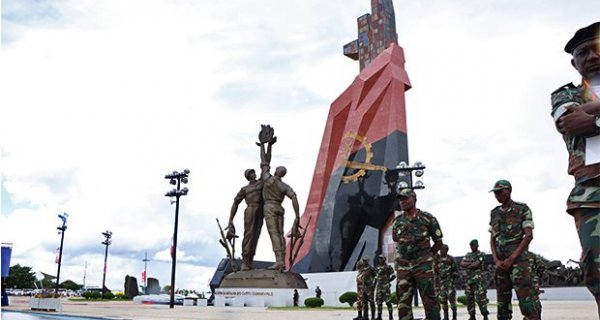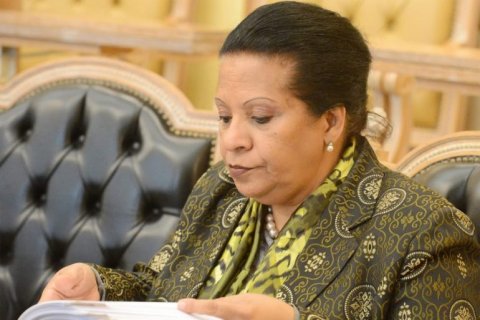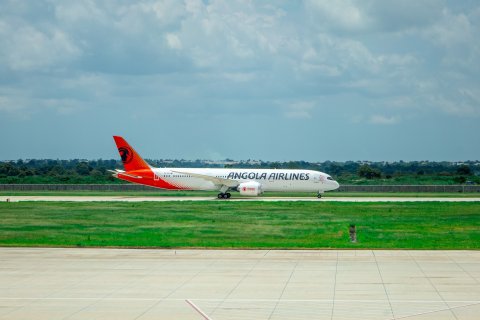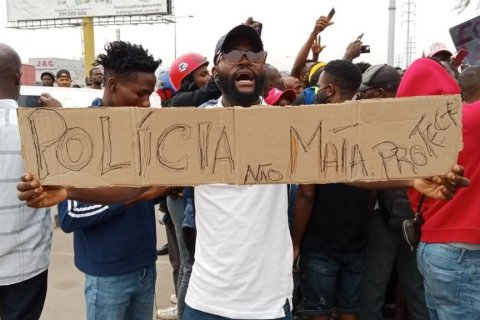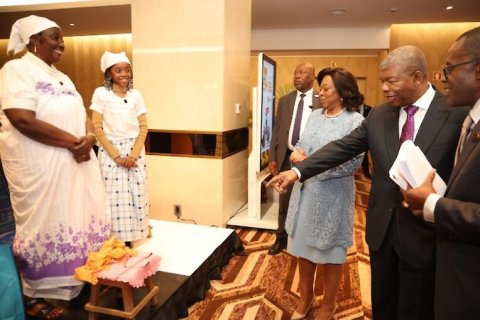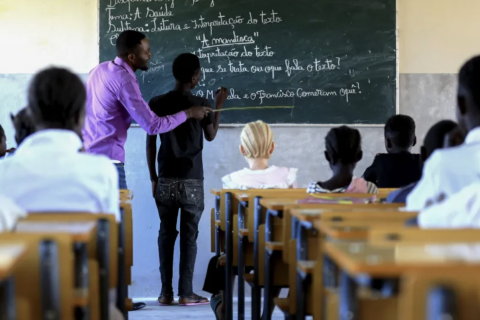Lusa found him in the Tumpo Triangle, where the biggest military battle in Africa took place after the second world war, and it was there that he told how the war changed his destiny, leading him to abandon the army and join the forces police officers, where he currently works as a counselor in the Criminal Investigation Service.
In November this year, the deputy commissioner wanted to revisit his memories in Cuito Cuanavale and recalled, in an interview with Lusa, next to the trench that served as the 25th brigade's command post, painful experiences, marked by the loss of his young companions.
“I came to reconstruct my history, I started actively as a soldier here in Cuíto Cuanavale, I arrived on August 1, 1988 and left here in 1991 and from that date on I never came again. After leaving here, I had a certain trauma, and I never wanted to remember coming here. In fact, today I am a police officer because I later rejected continuing in the Armed Forces,” he reported.
Celebrated in Angola as Southern African Liberation Day, March 23, 1988 marked the withdrawal of South African forces supporting the National Union for the Total Independence of Angola (UNITA), but it did not mean the end of fighting between the FAPLA government forces and Jonas Savimbi's guerrillas in the province of Cuando Cubango.
It is considered the longest battle that took place on the African continent since the Second World War, lasting between November 15, 1987 and March 23, 1988, after FAPLA troops launched an offensive against UNITA bases, with support of the Soviets and Cubans.
South Africa, for its part, wanted to prevent FAPLA from taking over the region and allowing SWAPO [the Namibian Southwest African People's Organization party] to advance, putting the apartheid regime into question.
The victory in the battle that put an end to the intervention of foreign forces in Angola is to this day a controversial issue, in which the different participants claim triumph.
Destino Pedro was 19 years old and had just completed a three-year training in Cuba when he arrived at Cuito Cuanavale.
“I experienced a large part of what happened here after 1988 and until 1991 when the peace agreements [Bicesse Accords, signed in Estoril and which predicted the end of the civil war] took place”, he told Lusa, remembering the moments of sadness because spent in these three years: “I have terrible memories of colleagues who stayed here, I have terrible memories of my soldiers who fell at the time, but today, fortunately, we are at peace and there is a need to recover that memory and remove that image we had of a period gloom that this region and Angola have experienced”.
Destination Pedro was placed in Cuito Cuanavale to operate a unit of a battalion of tanks left by Cuban troops and participated in Operation Independence to try to reach Mavinga, where the command of UNITA forces was, for the second time, after the failure of previous operations .
“Unfortunately, it comes after the Gbadolite agreement [ceasefire pact signed on June 24, 1989 in this city in the former Zaire, now the Democratic Republic of Congo], which failed. In that interlude phase, there was an approach to enemy forces and there was a need to operationalize the troops that were in Cuito Cuanavale so that we could once again reach Mavinga,” he described.
It was at this point that the tank company he was leading suffered an accident, he reported.
“We were following a trail, we had information that it was completely cleared of mines, probably our deminers did not detect this mine when they passed”, he recalled.
His tank, the first to pass, triggered the mine, which ended up “awakening” with the passage of the next vehicle.
The T-54, a large tonnage tank, guaranteed the protection of the soldiers who did not suffer significant damage and Destino Pedro only escaped “with a few scratches”, unlike what happened to one of his companions, who saw him being torn apart by a howitzer. .
Since the end of the great battle of Cuíto Cuanavale, “this whole area has always been an area of conflict, the FALA (UNITA army) and the FAPLA (MPLA Government army) clashed constantly throughout this period and beyond”, he said the former combatant, contrasting the memories of that period with the present.
“Today I find Cuito in the form he is in, peaceful, today we are talking freely here on this side… at the time we could have been talking standing up but we were scared, a shell, a mortar would fall next door”, he stated.
Angola has been at peace for 20 years and Destino Pedro today finds friends in his former enemies, some of whom he is linked to by family ties through marriages with former UNITA combatants.
“Today the relationship is different and when we talk about our memories we only remember a dark period that is also an opportunity to have a safer Angola. Angolans today are aware that returning to war would be one of the worst situations this country could face again”, highlighted the former combatant.

